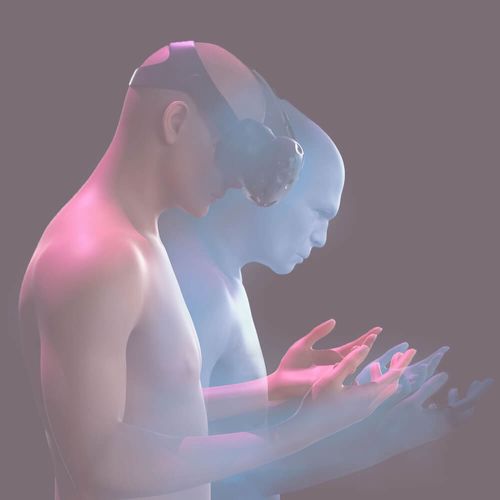
We investigate how the brain generates the experience of being a self embodied in a physical body. We aim to uncover how signals from different senses and prior experiences combine to create the feeling that one’s body belongs to oneself and occupies a specific place in space.

We combine behavioral, neuroimaging, and computational approaches to study bodily self-perception and its neural basis. Using controlled bodily illusions and robotic multisensory stimulation, we manipulate the perception of one’s own body to reveal the neural computations and dynamic processes that generate the sense of one’s bodily self.

Our new PNAS study shows that body ownership information has privileged access to consciousness. Using psychophysical methods and computational modeling, we found that conscious awareness closely tracks body ownership discrimination across varying multisensory integration levels. These findings support William James's view: the bodily self is indeed a constant presence grounding all experience.
Click here to see the artcile
A group of students recently explored The Cell’s new educational programme, with KI researcher Henrik Ehrsson’s work on body perception featured throughout their visit. In the exhibition Me, You & We – Exploring Human Behaviour, the class encountered interactive pieces that introduce how we experience ourselves. The visit continued in The Cell’s lab, where the students watched a film of Ehrsson explaining the neuroscience of the bodily self and the principles behind the well-known rubber hand illusion. Guided by their teacher, they tested the illusion themselves—experiencing how readily the brain can accept an artificial hand as its own.
Click here to read more on Karolinska Institutet’s website, and here to explore The Cell’s museum page.
Four members of the lab — Sara Coppi, Heather Iriye, Renzo Lanfranco, and Mariano D'Angelo — participated in the ICON 2025 symposium “Recent Developments in Bodily Self-awareness Research” in Porto, which was organized by Sara Coppi.